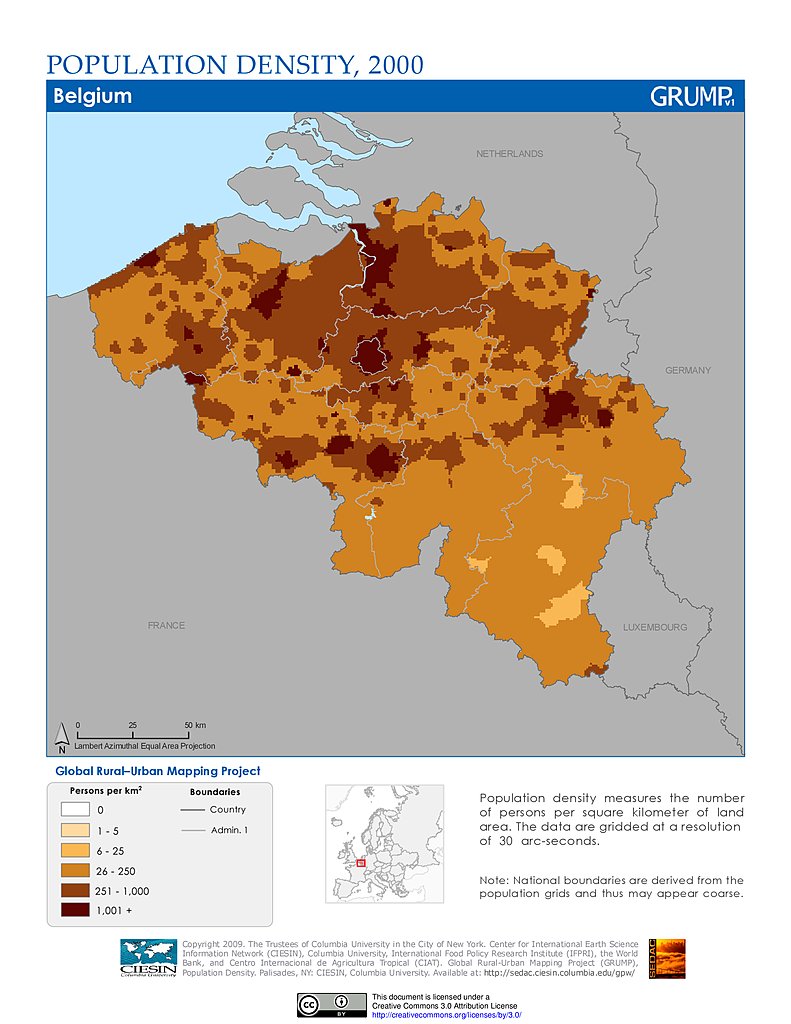
In 1934, Birmingham planned to build a cycle track within the 22-ft-wide central reservation on the A34 Walsall Road. (This flew in the face of design guidance issued by the Ministry of Transport which, instead, recommended 6 or 9-ft cycleways on each side of dual carriageway arterial roads.) By 1937–8 the plans were revised, with the central cycle track still due to be built, but with the outbreak of war in 1939 the “improvement scheme” was cancelled.


I know of only one 1930s middle-of-the-road cycle track scheme: the bizarre one built in the central reservation of the Mickleham bypass in Surrey, which I have discussed on BikeBoom previously (project backers only). But now there’s a modern one in Birmingham, this time on the A38 Bristol Road from close to New Street in city centre to the University of Birmingham close to Bournbrook, on the way to Selly Oak.
It’s not yet open but I rode on it yesterday, and took some drone photographs and videos. It’s really rather good, and – in parts – surprisingly scenic.

Bristol Road is the former turnpike road to Selly Oak, straightened and resurfaced in 1771, and the 22-ft wide tree-lined central reservation is a former tramway dating from the 1880s and ripped out in the 1950s.
“Birmingham Cycling Revolution” is building another protected cycleway on the A34 at Perry Barr, and together the two flagship routes are costing £12.5m and should be opening soon (although this keeps getting pushed back).



Incidentally, student housing built close to the Bristol Road cycleway, and owned by the University of Birmingham, is built on the remains of a massive cycle factory built in the 1890s, and which existed until the 1960s making Ariel motorbikes. This was where the mass-market Ariel bicycle was made. The original Ariel was made in 1871 by James “father of the cycle industry” Starley, and the brand name eventually passed to Harvey du Cros, the business brain behind Dunlop pneumatic tyres, made first for bicycles. Along with fellow cycle industrialist Charles Sangster, Du Cros was a director of Cycle Components Manufacturing Company and this company opened its Ariel factory in Bournbrook in 1895.
+++
Before I checked out the modern A38 cycleway I took my first look of the 1930s cycleway on the Chester Road in Erdington, a period photograph of which appeared on the original Kickstarter campaign. I’ll describe that visit in a later update for backers (become one now). And talking about Kickstarter, the Virtual Velo-city campaign has achieved its target so I will be going to Dublin with Laura Laker – the campaign has another 11 days to run and there’s a stretch goal of commissioning video footage from the world’s leading cycle advocacy summit.


